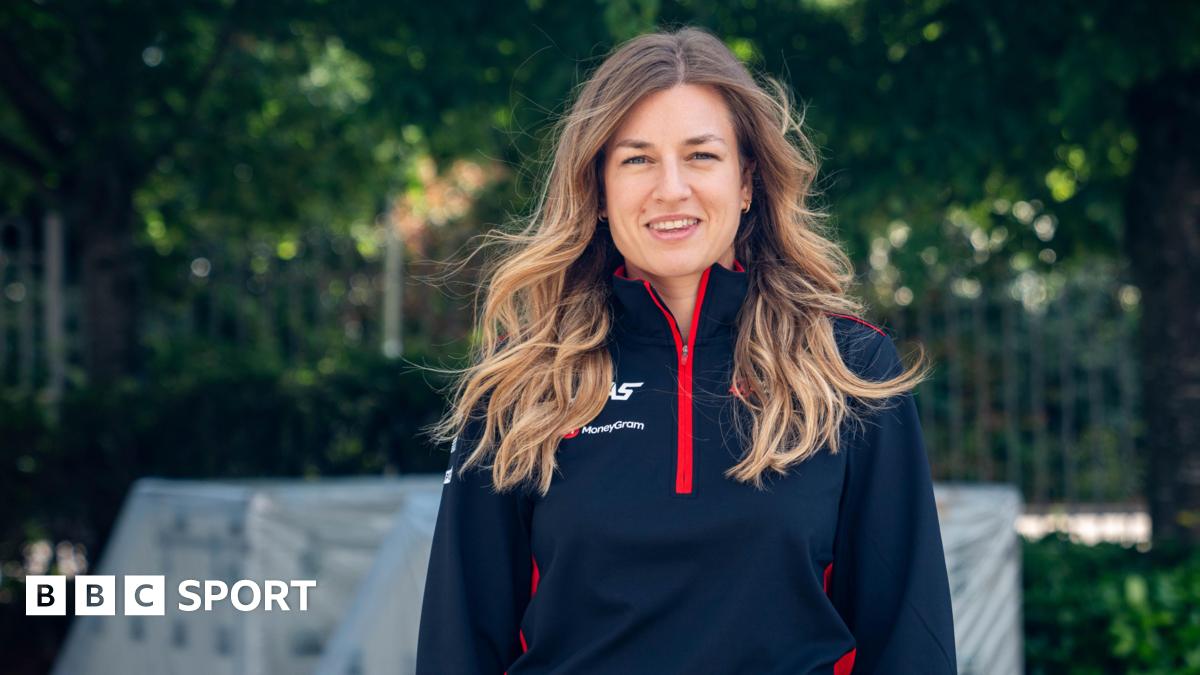NAIVASHA, Kenya -- For someone who fishes for a living, nothing says a bad day like spending over 18 hours on a lake and taking home nothing.
Recently, a group of fishermen were said to be stranded on Kenya's popular Lake Naivasha for that long and blamed the water hyacinth that has taken over large parts of it.
“They did not realize that the hyacinth would later entrap them,” said fellow fisherman Simon Macharia. The men even lost their nets, he said.
The water hyacinth is native to South America and was reportedly introduced to Kenya in the 1980s “by tourists who brought it as an ornamental plant,” said Gordon Ocholla, an environmental scientist at Mount Kenya University.
Water hyacinth was first sighted on Lake Naivasha about 10 years ago. Now it has become a large, glossy mat that can cover swathes of the lake. To fishermen, the invasive plant is a threat to livelihoods.
Usually, the presence of water hyacinth is linked to pollution. It is known to thrive in the presence of contaminants and grows quickly, and is considered the most invasive aquatic plant species in the world, Ocholla said. It can prevent the penetration of sunlight and impact airflow, affecting the quality of aquatic life.
This has caused a drastic drop in the population of fish in Lake Naivasha and some other affected areas.
The East African Journal of Environment and Natural Resources estimated in a 2023 study that the invasion of water hyacinth in Kenyan lakes — including Africa's largest lake, Lake Victoria — has led to annual losses of between $150 million and $350 million in Kenya's fishing, transport and tourism sectors.
The fishermen at Lake Naivasha know that well.
“Previously we would catch up to 90 kilograms (198 pounds) of fish per day, but nowadays we get between 10 kilograms and 15 kilograms,” Macharia said.
This means daily earnings have dropped from $210 to $35.
Fishermen say they have tried to tackle the invasion of water hyacinth but with little success.
“It grows back faster than we can remove it,” Macharia said.
There are several ways to deal with the plant, including physically removing it, Ocholla said. Another method is introducing organisms that feed on it. Or chemicals can be sprayed to kill the plant, “but this is not favorable as it would harm other aquatic life.”
Several attempts have been made to convert the plant into a useful commodity.
“The government had built a biogas processor near the lake where we were supposed to take the hyacinth, but it has never been operational,” Macharia said. He did not know why.
Recently the fishermen, through a Kenyan start-up, began using a method that converts water hyacinth into biodegradable packaging.
HyaPak started in 2022 as a project at Egerton University in Kenya. It seeks to create environmentally friendly packaging.
“On one hand there is a problem of water hyacinth, and a problem of plastic waste pollution on the other. What we are trying to do is using one problem, the hyacinth, to solve the plastic waste pollution,” HyaPak founder Joseph Nguthiru said.
He said he created the project following a disastrous field excursion that left him and his classmates stuck on Lake Naivasha.
HyaPak has entered a partnership with the fishermen, who harvest the water hyacinth and sun-dry it for a negotiable fee. Then it is transported to the Kenya Industrial Research and Development Institute in Nairobi, where HyaPak is located.
There, it is mixed with what Nguthiru called “proprietary additives” and converted into biodegradable paper material.
HyaPak is targeting the agriculture sector, creating biodegradable bags for seedlings. The bags decompose with time, releasing nutrients that Nguthiru said are beneficial to the plants.
HyaPak works with 50 fishermen at Lake Naivasha, including Macharia. The company said it processes up to 150 kilograms of water hyacinth per week, converting it to 4,500 biodegradable packages.
Experts said scaling up such work will be a challenge.
“Such solutions and others that have been applied by similar start-ups may be promising and actually work, but if they cannot be scaled to a higher level that matches the invasiveness of the water hyacinth, then the problem will still persist,” Ocholla said.
___
The Associated Press receives financial support for global health and development coverage in Africa from the Gates Foundation. The AP is solely responsible for all content. Find AP’s standards for working with philanthropies, a list of supporters and funded coverage areas at AP.org.

 2 days ago
7
2 days ago
7










 English (US) ·
English (US) ·